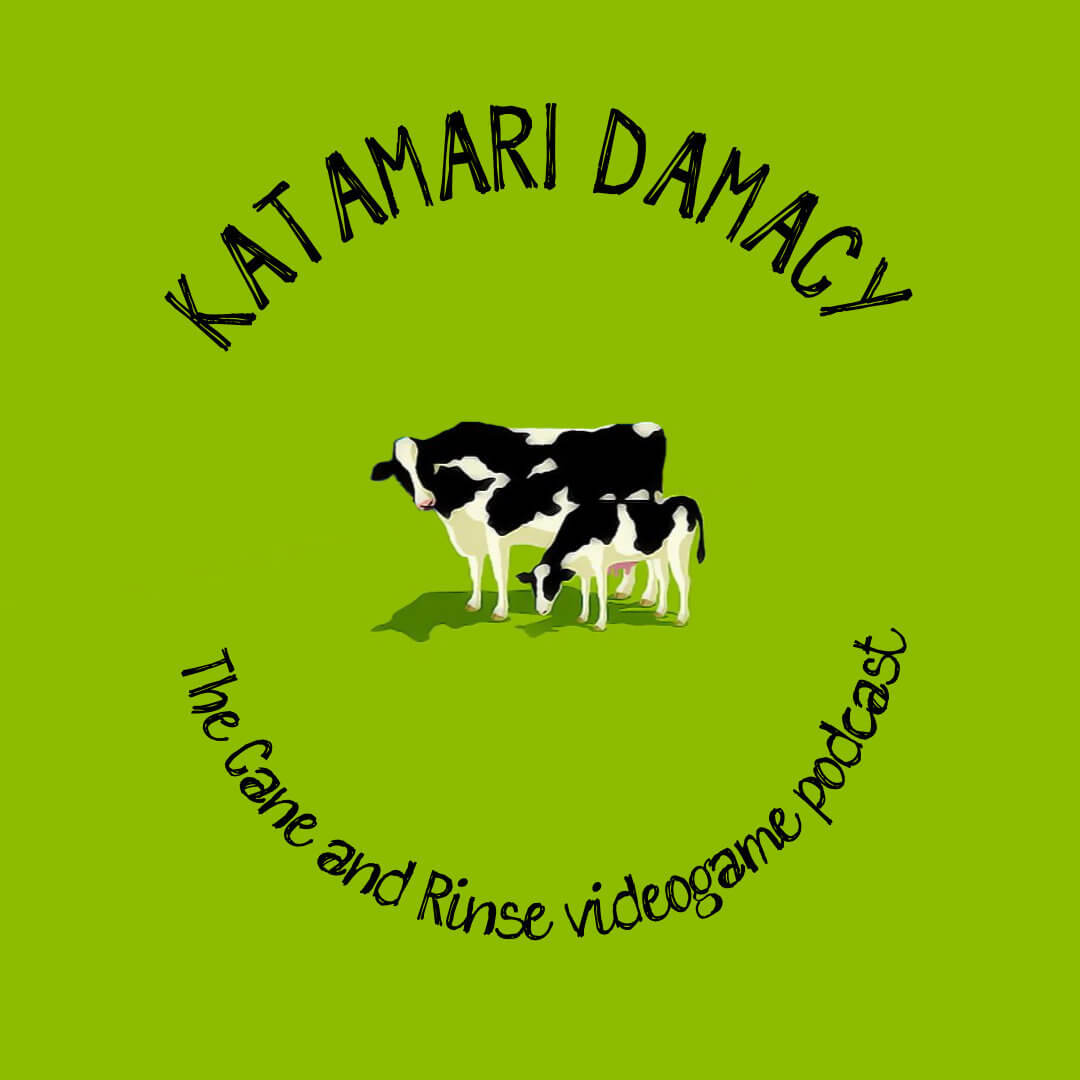Quirky puzzle games with a simple core idea, a striking aesthetic and bundles of quick-to-play levels are not exactly in short supply on iOS, in fact there are hundreds of them. Hundreds, geddit? Hundreds? Hundreds? Bueller?

I wish more people had played Eliss. It’s a quirky puzzle game with a simple core idea, namely splitting and combining coloured circles to fill empty circles of a target size. The pastel coloured circles sit atop a black background creating the aforementioned, prerequisite striking aesthetic. To round out my original point, Eliss has 25 quick-to-play levels and is indeed available on iOS devices.
That Eliss is a very fine example of the above style of game is only tangentially related to the reason for my invoking its name. The primary reason that I wish more people had played Eliss is that I’m almost narcissistically proud of my use of it in a ‘game is like x meets y’ description of Hundreds. Ready for it? Here we go…
Hundreds is almost exactly like Eliss meets Qix.
Worth the build up, wasn’t it?

Hundreds is a quirky puzzle game with a simple core idea, namely increasing the size and value of multiple circles to reach a combined total of 100. Grey, black and red circles on a white background produce a clean, striking aesthetic throughout the 101 quick-to-play levels (technically 100, as 101 is an unlockable endless mode). Oh, and Hundreds is a universal iOS game.
Initially, the levels are simple enough; a few small grey circles are presented to the player, each bearing a zero at their centre. Pressing a circle causes it to fairly quickly grow in size. In direct proportion to the growing circle’s size the number at the centre increases. When the sum of values of all circles reaches 100 the level is complete. Simple!

Hundreds’ simplicity is quickly developed to provide more challenging levels. Multi-touch becomes mandatory early on, as does a sense of timing once the circles start moving (circles can’t touch when changing size). There’s a refined smooth gradient to the difficulty, with a few spikes that herald new wrinkles to test the player’s mettle. None of these wrinkles take more than a few seconds to process and understand thanks to some subtle and measured visual design. A blue ring around a circle looks like ice, and it is, little black circular saws are to be avoided and pairs of tethered circles must be pressed at the same time to expand. There’s a sharp clarity to how new items and obstacles affect the strategy required to reach 100, and that’s important in minimising frustration felt when attempting a particularly tricky level.
By the last ten levels the kitchen sink’s kitchen sink has been thrown in and the fun you’ll have will depend upon how much you’re willing to just go with trying to play Hundreds essentially blindfolded. It’s on the cusp of being broken, by which I mean inspired, and entirely intentionally so, which serves to reflect how far Semi Secret Software have pushed their core idea past the point of simplicity without compromising it. Thankfully levels unlock ten at a time, so it’s always possible to skip any particularly frustration-inducing slices of mind- and circle-expanding fun.

One of the most interesting aspects that pop up during the fairly swift hour or two it’ll take to master the five-score levels are coded messages. Once in each set of ten levels a message is presented to the player. Solving these doesn’t appear to have any direct bearing on the game, at least initially. Nonetheless, I halted play to reach for lo-tech pen and paper that would allow me to discover the hidden meaning of each message. The encoding varies from simple anagrams to substitution ciphers by way of Caesar-shift and other, more exotic ciphers. There’s no desperately strong reason to chase your tail trying to work out which type of cipher has been employed or decoding the messages at all, but the mathematician in me couldn’t resist. If you can solve the ten messages, and are able to glean enough meaning from them, then you will unlock… well, that would be telling.
The coded messages are almost incongruous when considered next to a very good example of the type of puzzle game that has been seen on iOS many times before. They represent a developer playing with the player. The nearest I could come to resolving this disparity was to consider the coded messages as a reflection of Hundreds’ devilish tendency to never let the player settle into comfort. It comes to something when a game has me jotting down notes and ideas – something that’s reminiscent of the extrinsic reach that Fez had last summer.

Code-breaking rabbit-holes aside, there’s little in the way of replayability in the initial 100 levels; once each is cleared, it’s on to the next, and the next, with no need to ever look backwards. Of course, Endless Mode is unlocked after the 100 levels are complete, and its score-chase format does include leaderboards to extend Hundreds’ longevity.
There’s a fine balance between staving off stagnation throughout 100 levels of a simple puzzle game and disrupting the definition of a well-executed idea by adding too many extraneous features. Semi Secret Software have a record of walking that fine line in Canabalt and Gravity Hook, and they continue with Hundreds.
Quirky puzzle games with a simple core idea, a striking aesthetic and bundles of quick-to-play levels are not exactly in short supply on iOS, in fact there are hundreds of them, but few of them are as good as Hundreds.
















